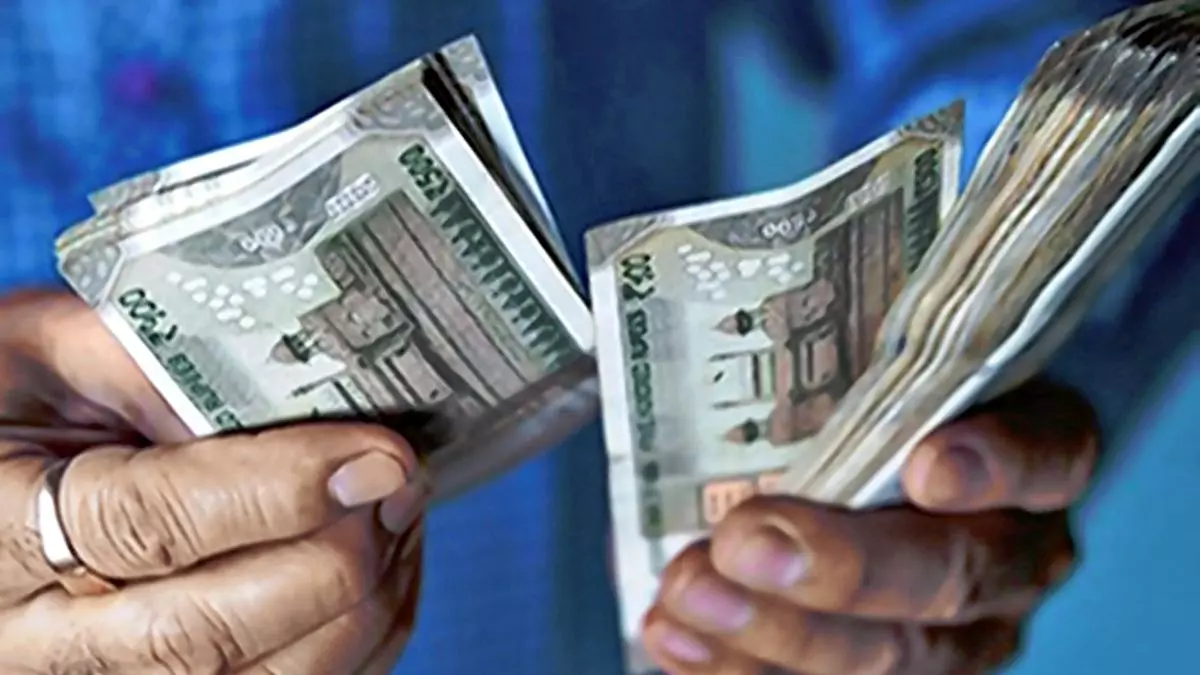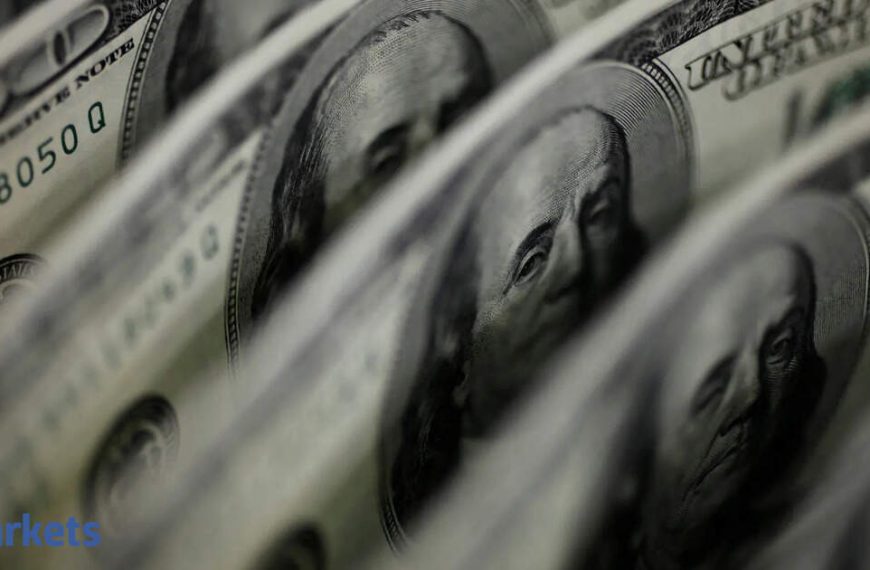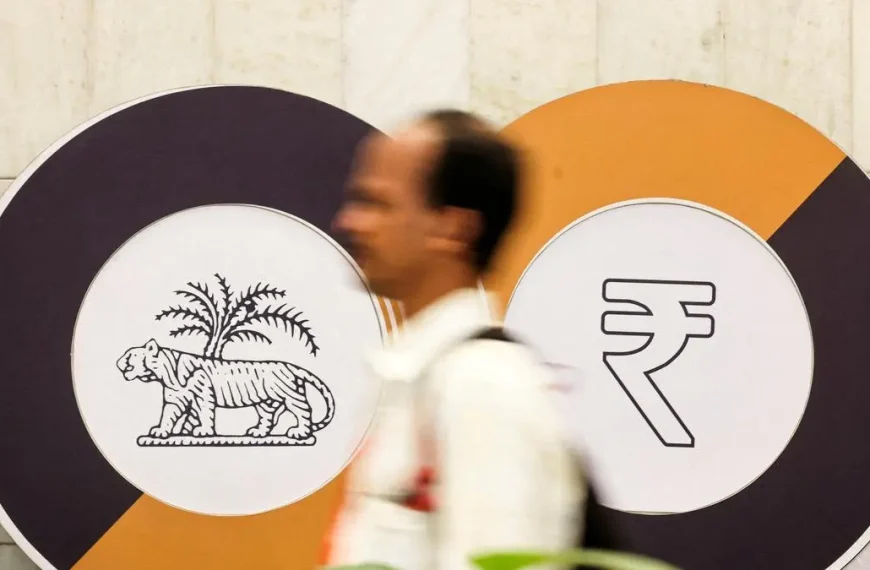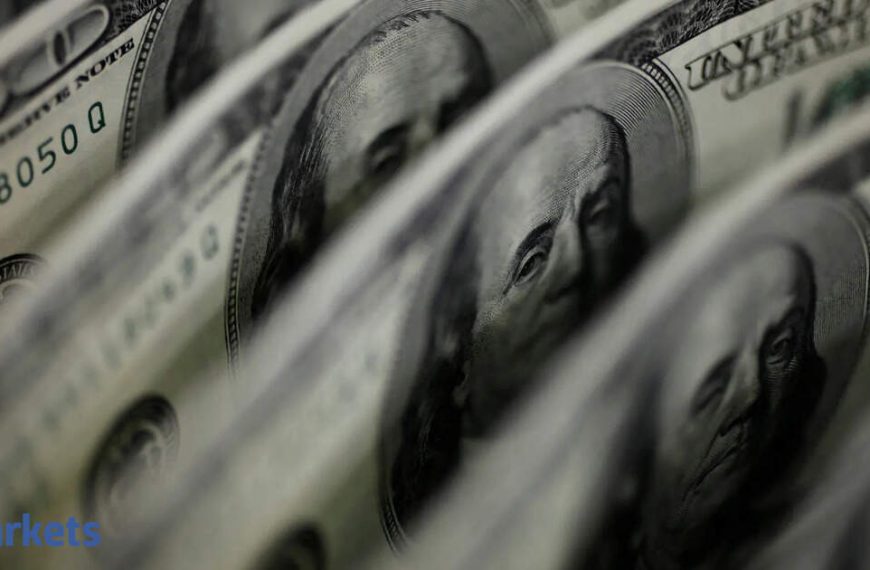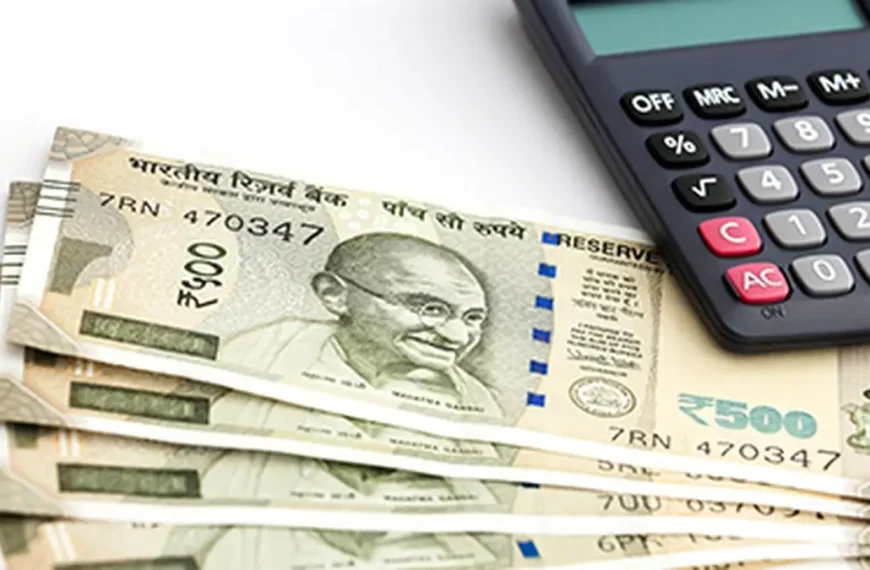In early trading on Thursday, the Indian rupee gained 19 paise, reaching 87.03 against the US dollar. This upward movement was driven by positive macroeconomic indicators that also sparked enthusiasm in the domestic equity markets. Despite ongoing global tariff disputes causing foreign capital outflows, a declining dollar index and falling crude oil prices have provided support to the rupee.
Rupee Strengthens Amid Mixed Market Sentiment
The interbank foreign exchange market saw the rupee open at 87.13, before climbing to a peak of 87.03 early in the session—a significant increase from the previous closing level. On Wednesday, the rupee had settled at 87.22 against the greenback, showing a slight recovery from a 36 paise drop earlier in the week.
Key Market Indicators
- Dollar Index: The dollar index, which measures the greenback against a basket of six currencies, slipped by 0.01%, standing at 103.57.
- Crude Oil Prices: Brent crude oil, a global benchmark, traded at $70.90 per barrel, also down by 0.01%.
The domestic equity market reflected a positive trend, with the BSE Sensex rising by 23.47 points (0.03%) to reach 74,053.23. Likewise, the Nifty index increased by 16.95 points (0.08%) to 22,487.45. However, foreign institutional investors (FIIs) were net sellers, offloading equities valued at ₹1,627.61 crore on Wednesday, according to market data.
Economic Data Boosts Investor Confidence
Recent government data revealed that India’s Consumer Price Index (CPI)-based retail inflation fell to a seven-month low of 3.61% in February. This decline was attributed to decreasing prices of vegetables, eggs, and other protein-rich foods, potentially paving the way for the Reserve Bank of India (RBI) to consider another interest rate cut in the coming month.
In another positive sign, the Index of Industrial Production (IIP) saw a growth rate of 5% in January 2025, reflecting a rebound in manufacturing activity, as reported by the National Statistics Office (NSO).
Global Tariff Tensions Continue
On the international front, the United States, under President Donald Trump, has escalated tariff tensions by imposing a 25% tariff on all steel and aluminum imports, claiming to reclaim wealth "stolen" by other nations. In response, Canada has implemented reciprocal tariffs on a variety of American goods, including textiles and bourbon, along with imposing 25% tariffs on steel products. Similarly, the European Union plans to raise tariffs on American products like beef, poultry, and motorcycles, further intensifying the global trade conflict.
The interplay of domestic economic indicators and global market dynamics continues to shape the trajectory of the Indian rupee, making it a focal point for investors and analysts alike.

